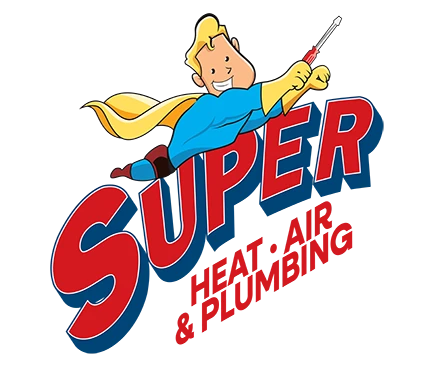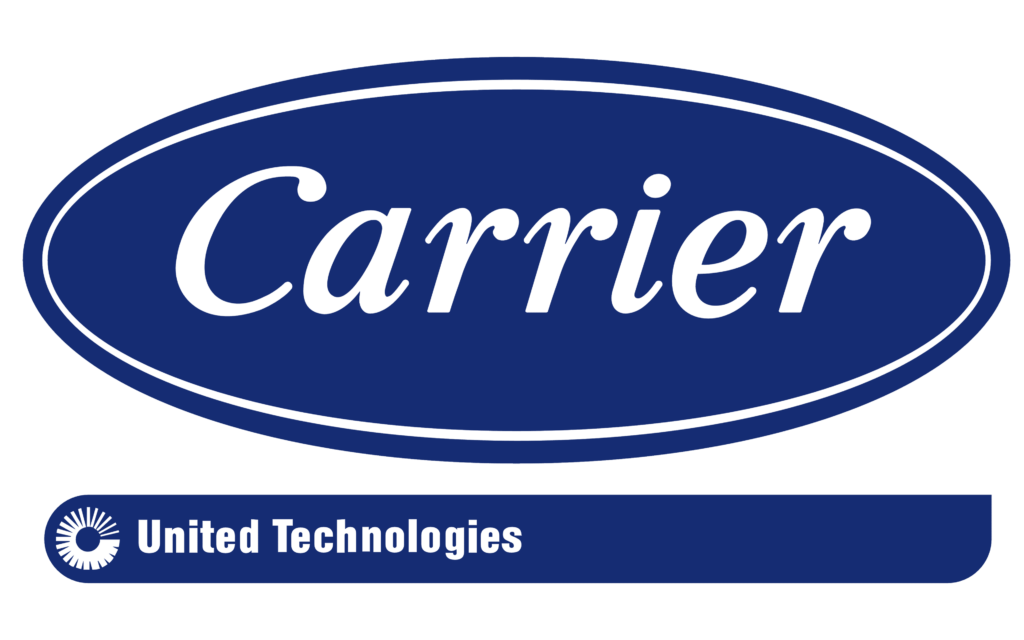Choosing between a ductless AC unit (commonly known as a mini-split system) and a central air conditioning system can be a hard decision to make. Fortunately, you have the Tampa air conditioning experts at Super Heat, Air, and Plumbing to help you out! Let’s compare the major differences between these two options.
Generally, the major differences in these types of units will be price, amount of maintenance needed, and how the system functions and looks.
Related: Does Your Home Need a Second AC Unit?
Ductless Mini-Split System
Ductless mini-split systems are made up of two parts—an outdoor compressor, and an indoor handling unit. Conduit links the indoor and outdoor units.
Advantages of a Mini-Split AC System
As you might have inferred from its name, a ductless mini-split system does not require ductwork, which makes it a convenient option for older buildings with thick walls. These units keep your room temperature at a constant temperature, unlike other units that turn on and off throughout the day due to fluctuations in the temperature of your space. These systems work in the winter in a reverse manner to absorb heat from the outside air and move it indoors to heat your home.
Many homeowners install mini-split systems due to their compact size, which allows for greater flexibility in temperature zoning. Temperature zoning allows you to limit the airflow to the rooms in which the air handlers are located.
Other Pros:
Quieter than central air conditioning systems
Easier to install
Highest efficiency ratings for any type of AC system
Does not require maintenance
Disadvantages of a Ductless Mini-Split System
While ductless mini-split systems can save you money, the initial cost of installation can be quite high. Also, the wrong size unit for your space can cause the unit to run less efficiently. But you won’t have that issue if you call AC company Super Heat, Air, and Plumbing for your ductless mini-split installation! We will make sure that you have the correct size unit for your space!
Central Air Conditioning Systems
You probably are familiar with central AC systems. These treat the air in a central location and distribute it throughout the rooms in your home by using fans and a series of ducts. Supply ducts and registers allow this cool air to reach each room of your home. This air is then recirculated back to the central air conditioner. Then the cooling cycle starts over again!
Advantages of a Central Air Conditioning System
A central AC system is most likely the best option for you if your goal is to keep your entire house cool. (Pretty much a must in Florida, right?!) Most new central AC models are highly efficient, and can significantly lower the humidity in your home.
Homeowners like this option because they are virtually invisible, have minimal upkeep ( just remember to change the filter!), and add value to your home.
Disadvantages of a Central Air Conditioning System
As with any air conditioning system, you can run into problems if your AC unit is not the proper size for your home. On the other hand, the upfront cost of a central AC system is considerably less than a ductless mini-split system.
Related: 3 Questions to Ask our AC Experts During Your Consultation
Ready to install a new AC unit in your home? Call Super Heat, Air, and Plumbing for all your AC installation needs! We only install energy efficient AC systems from top manufacturers like Rheem and Trane, so you will save money on your energy bills! Call us for an appointment today [hls_phone_number]!



